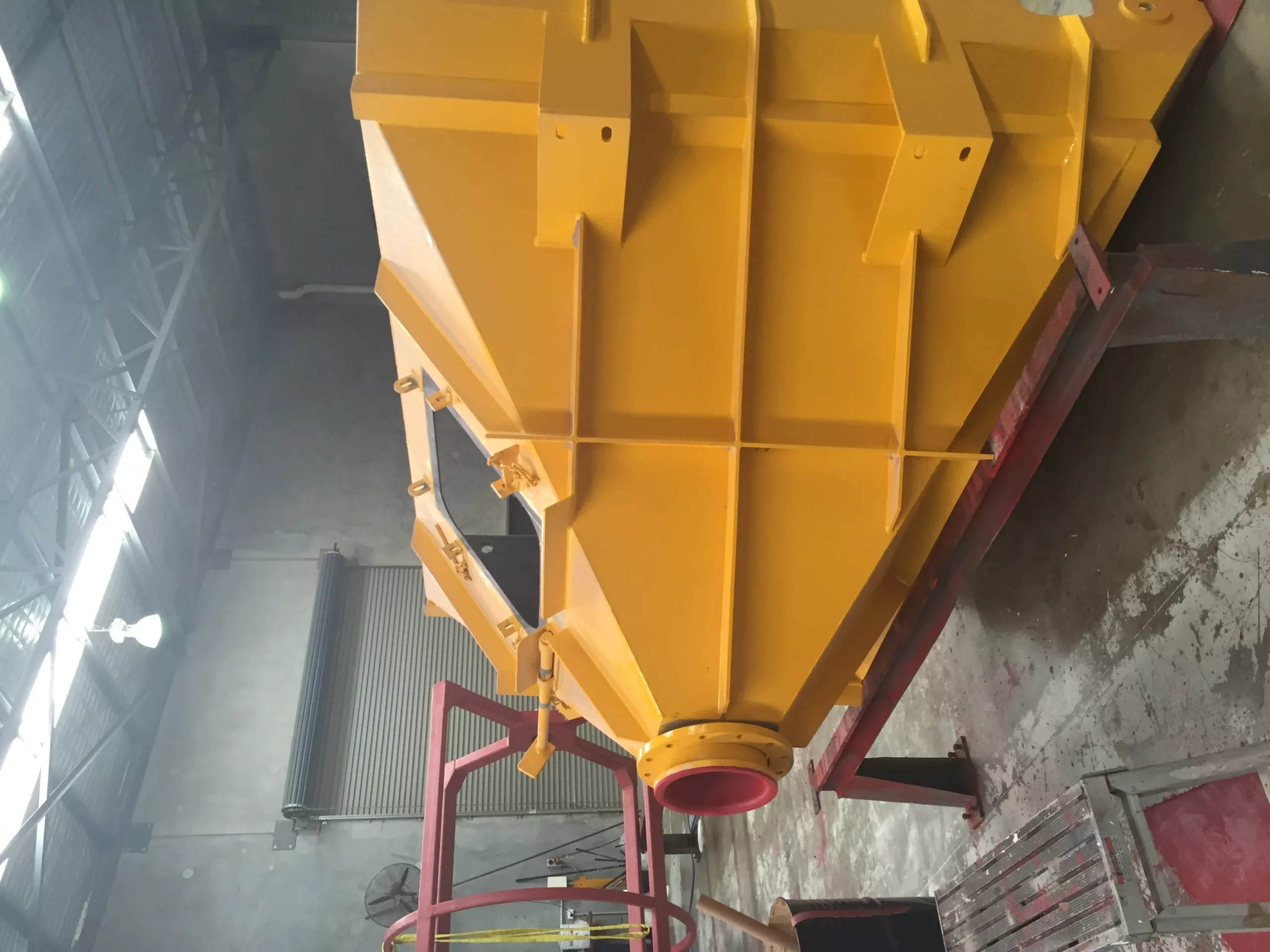PRESSURE:
Pressure is the force applied per unit area in a direction perpendicular to the surface of an object. Gauge pressure is the pressure relative to the local atmospheric or ambient pressure.
Pressure is the effect of a force applied on a surface. Pressure is the amount of force acting per unit area. The symbol of pressure is P
Mathematically: Pressure is force applied that is divided by the area or surface of contact
Torque is denoted as the rotational equivalent of linear force. While power is the work done in a particular time interval. The relation between torque and power is that they are directly proportional. The power of a rotating object can be mathematically written as the scalar product of torque and angular velocity.
FORCE:
Force is an external agent capable of changing the state of rest or motion of a particular body. It has magnitude and direction. The direction in which the force is applied is known as the direction of force and the point where force is applied is called the point of application.
Whenever there is an interaction between two objects, there is a force that acts upon each of the objects. When the interaction ceases, the two objects no longer experience any force. Forces exist only as a result of an interaction.
Force takes several forms such as short-range atomic forces, electromagnetic forces, impact forces and gravitational forces. Force is a vector quantity that has both direction and magnitude.
The unit of Force is newton (N). One Newton is defined as a unit of force that would increase the velocity or accelerate a mass of one kilogram by 1 Metre per Second every second.
That means the acceleration of an object is directly proportional to the net force that acts on the object. This is usually in the direction of the net force, and is inversely proportional to the mass of the object.
Load is a term frequently used in engineering which means the force exerted on a surface or a body.
TORQUE:
Torque, moment or moment of force is the tendency of a force to rotate an object about an axis, fulcrum, or pivot. Just as a force is a push or a pull, torque can be considered as a twisting force that is applied to an object.
Torque is a measure of the turning force on an object such as a bolt or a flywheel. For example, pushing or pulling the handle of a wrench connected to a nut or bolt produces a torque (turning force) that loosens or tightens the nut or the bolt.
The magnitude of torque depends on three quantities: the force applied, the length of the lever arm connecting the axis to the point where the force is applied, and the angle between the force vector and the lever arm.
In symbols:
T = F X r
T= F X r X Sin θ
Where
- T stands for the magnitude of torque,
- r is the displacement vector (a vector from the point from which torque is
- measured to the point where force is applied), and r is the length (or
- magnitude) of the lever arm vector,
- FÂ is the force vector, and F is the magnitude of the force,
- X denotes the multiplication between the 2 values,
- θ is the angle between the force vector and the lever arm vector.
The SI unit for torque is the newton metre (Nm). Few of the common Non-SI units are kgf.m, ozf.ft, lbf.ft

